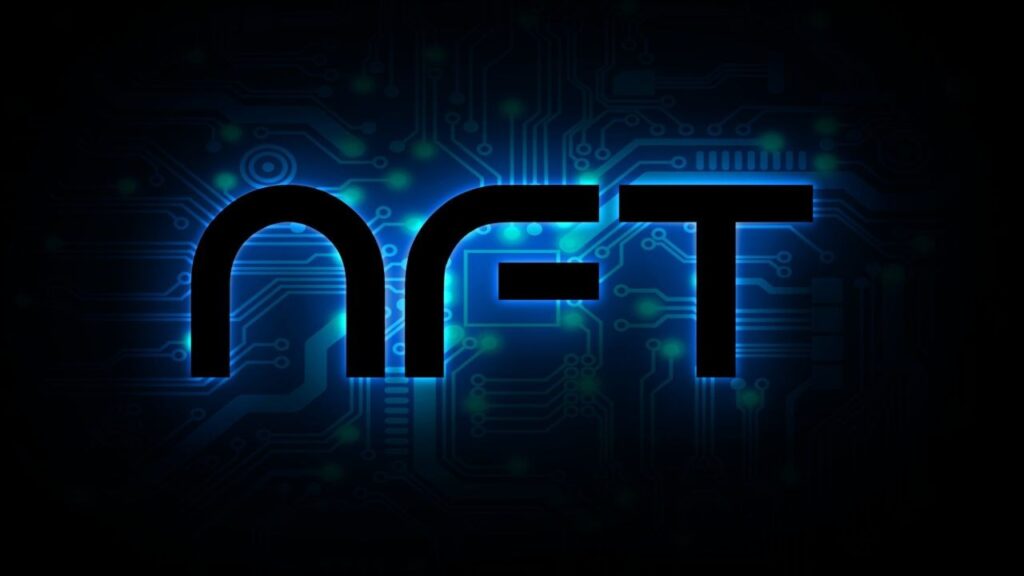
The world of Non-Fungible Tokens (NFTs) has exploded since their inception, transforming the way we think about ownership, art, and digital assets. As we approach 2025, the NFT landscape continues to evolve at a rapid pace, offering new opportunities and challenges. Whether you’re an artist, investor, or simply curious about this digital revolution, here’s everything you need to know about NFTs in 2025.
1. What Are NFTs?
NFTs, or Non-Fungible Tokens, are unique digital assets that represent ownership of a specific item or piece of content, such as art, music, videos, or even virtual real estate. Unlike cryptocurrencies like Bitcoin or Ethereum, which are fungible and can be exchanged on a one-to-one basis, NFTs are unique and cannot be replicated.
2. The Evolution of NFTs: From Art to Utility
In the early days, NFTs were primarily associated with digital art and collectibles. However, by 2025, the use cases for NFTs have expanded significantly. Here are some of the key areas where NFTs are making an impact:
- Gaming: NFTs are revolutionizing the gaming industry by allowing players to own, trade, and monetize in-game assets. Games like Axie Infinity and Decentraland have paved the way for a new era of play-to-earn gaming.
- Virtual Real Estate: The metaverse is becoming a reality, and NFTs are at the forefront of this transformation. Virtual real estate in platforms like The Sandbox and Decentraland is being bought and sold as NFTs, creating a new market for digital property.
- Music and Entertainment: Musicians and content creators are using NFTs to monetize their work and engage with fans. NFTs can represent concert tickets, exclusive content, or even ownership rights to a song.
- Identity and Authentication: NFTs are being used for digital identity verification, ensuring the authenticity of products, and even representing ownership of physical assets like real estate and luxury goods.
3. The Technology Behind NFTs: Blockchain and Beyond
NFTs are built on blockchain technology, which ensures their authenticity and ownership. Ethereum has been the most popular blockchain for NFTs, but by 2025, other blockchains like Solana, Flow, and Polygon are gaining traction due to their lower fees and faster transaction times.
Key Technological Advancements:
- Interoperability: Efforts are being made to ensure that NFTs can be used across different platforms and blockchains, enhancing their utility and value.
- Sustainability: With growing concerns about the environmental impact of blockchain technology, more eco-friendly solutions are being developed, such as proof-of-stake (PoS) mechanisms.
4. Investing in NFTs: Opportunities and Risks
The NFT market has seen explosive growth, with some NFTs selling for millions of dollars. However, investing in NFTs comes with its own set of risks and challenges.
Opportunities:
- Diversification: NFTs offer a new asset class for investors looking to diversify their portfolios.
- Early Adoption: Getting in early on promising NFT projects can yield significant returns.
Risks:
- Market Volatility: The NFT market is highly speculative and can be subject to extreme price fluctuations.
- Liquidity: NFTs can be illiquid, meaning it may be difficult to sell them quickly at a desired price.
Tips for Investors:
- Do Your Research: Thoroughly research the project, team, and community behind an NFT before investing.
- Diversify: Don’t put all your eggs in one basket. Diversify your NFT investments to mitigate risk.
- Stay Informed: The NFT space is constantly evolving. Stay up-to-date with the latest trends and developments.
5. The Future of NFTs: What to Expect in 2025 and Beyond
As we look ahead to 2025 and beyond, several trends are likely to shape the future of NFTs:
- Mainstream Adoption: NFTs are expected to become more mainstream, with increased adoption by businesses, brands, and consumers.
- Regulation: As the NFT market grows, regulatory frameworks are likely to be established to protect consumers and ensure market stability.
- Integration with AI: The integration of artificial intelligence with NFTs could lead to new forms of digital art and interactive experiences.
- Enhanced User Experience: Improvements in blockchain technology and user interfaces will make it easier for people to create, buy, and sell NFTs.
Conclusion: Embrace the NFT Revolution
The NFT revolution is just beginning, and the possibilities are endless. Whether you’re an artist looking to monetize your work, an investor seeking new opportunities, or simply a tech enthusiast curious about the future, NFTs offer a world of potential. By staying informed and embracing this digital transformation, you can position yourself to thrive in the NFT landscape of 2025 and beyond.
